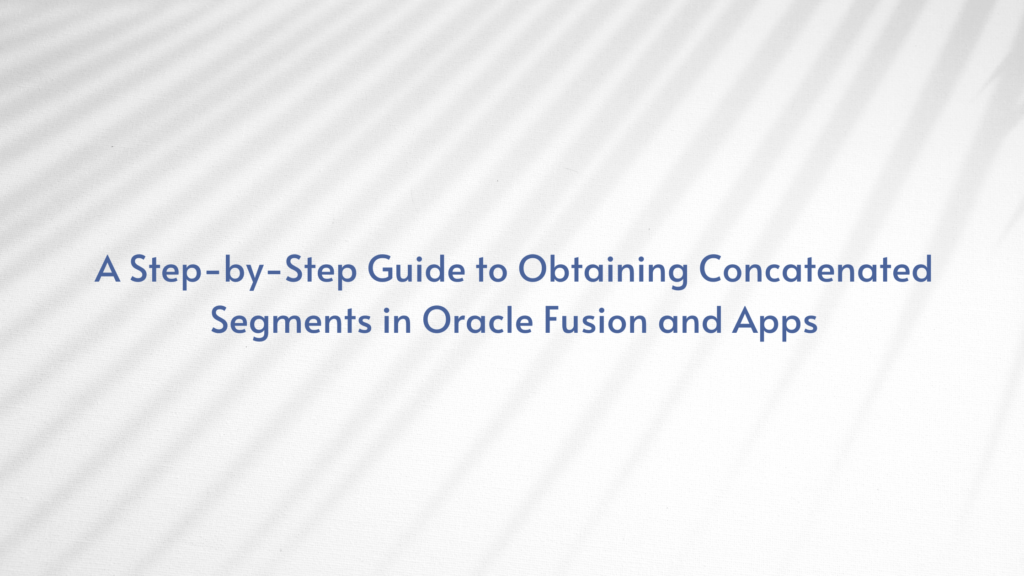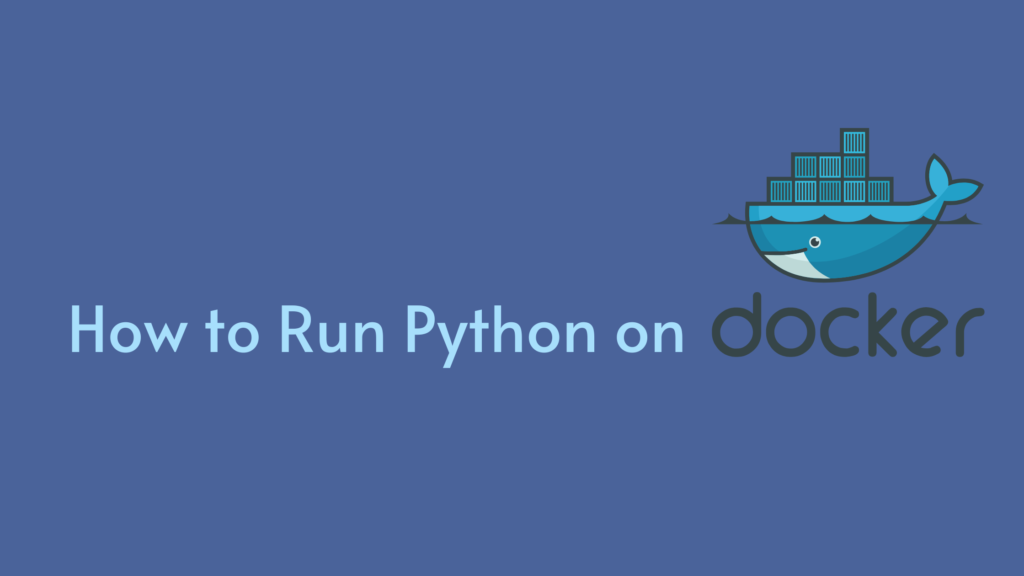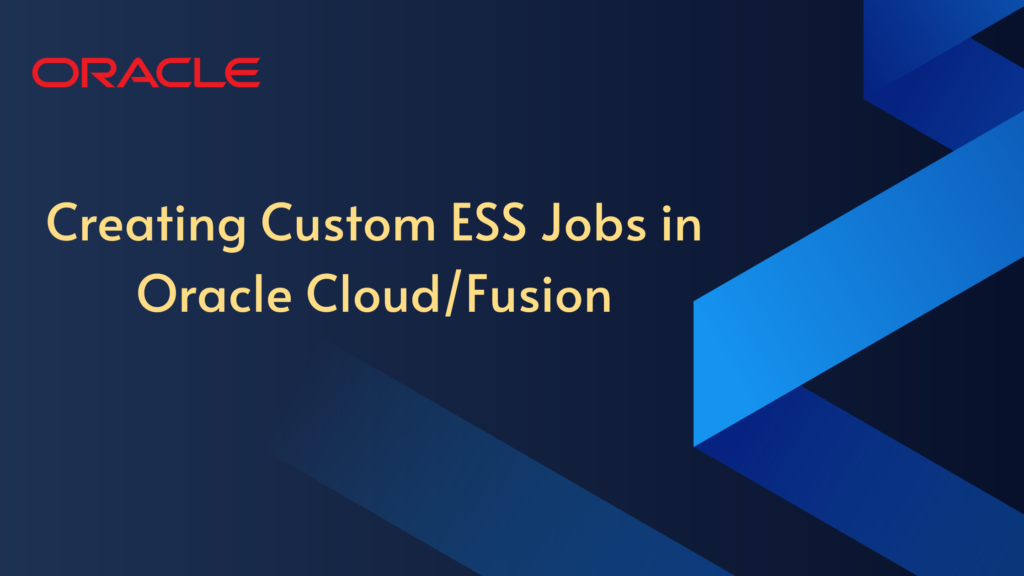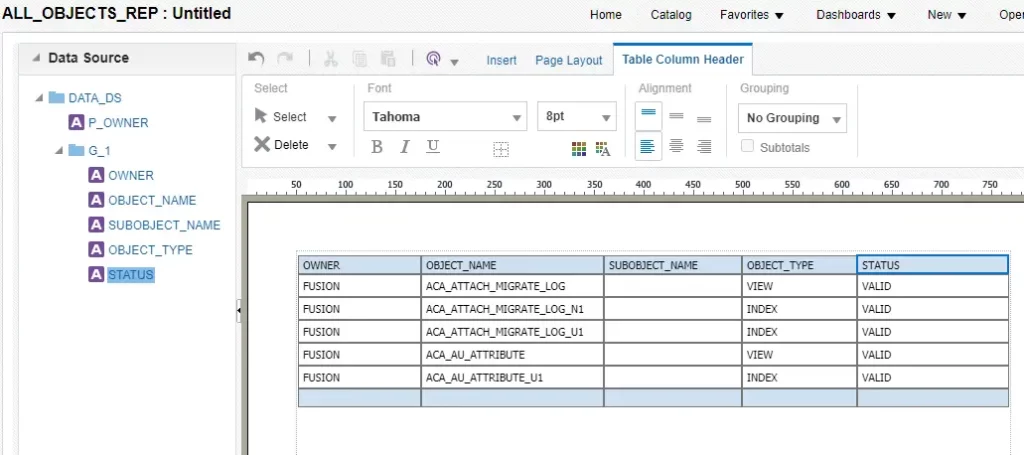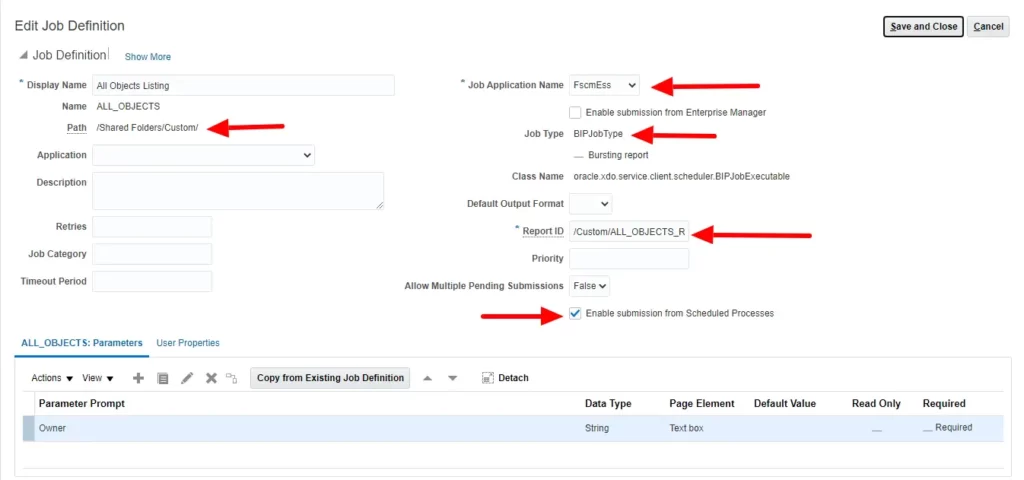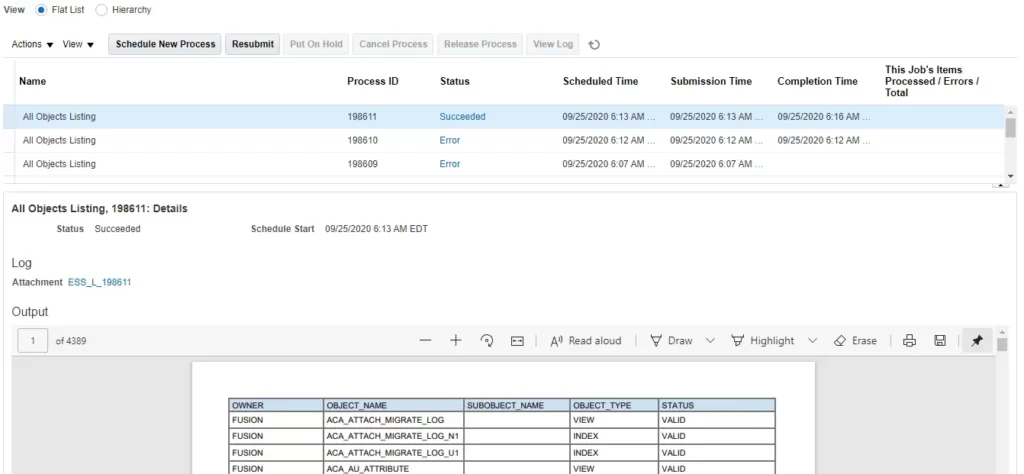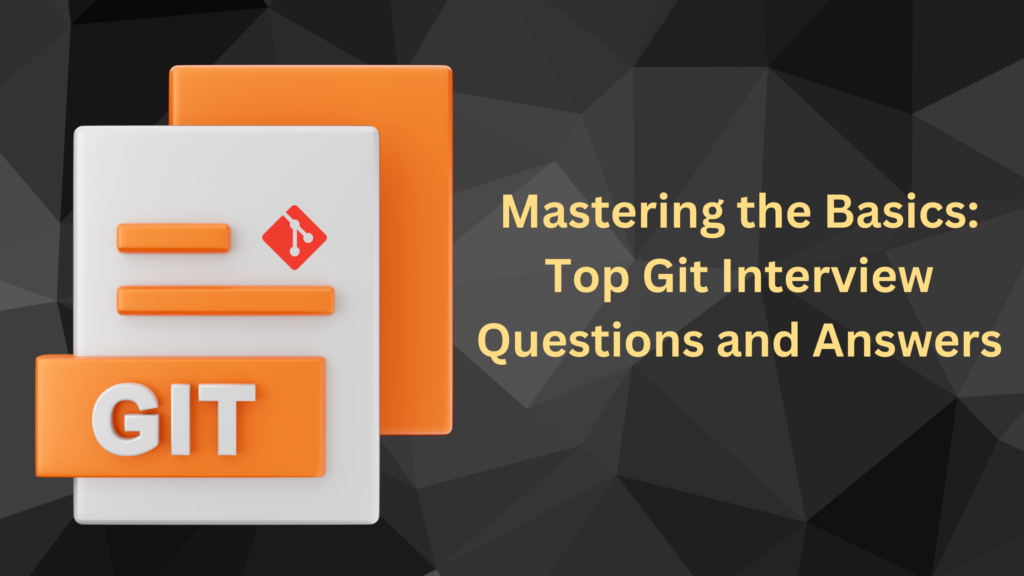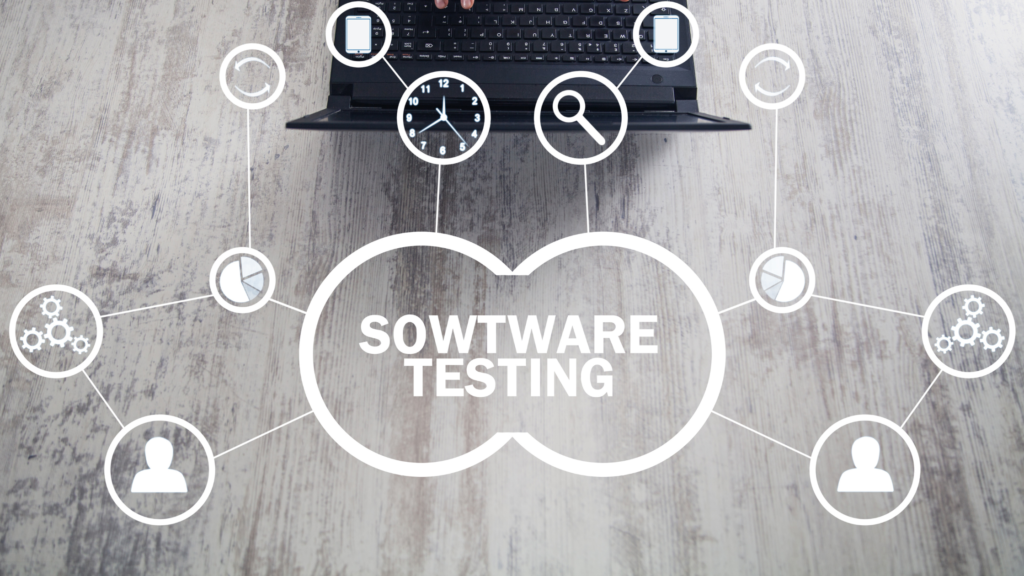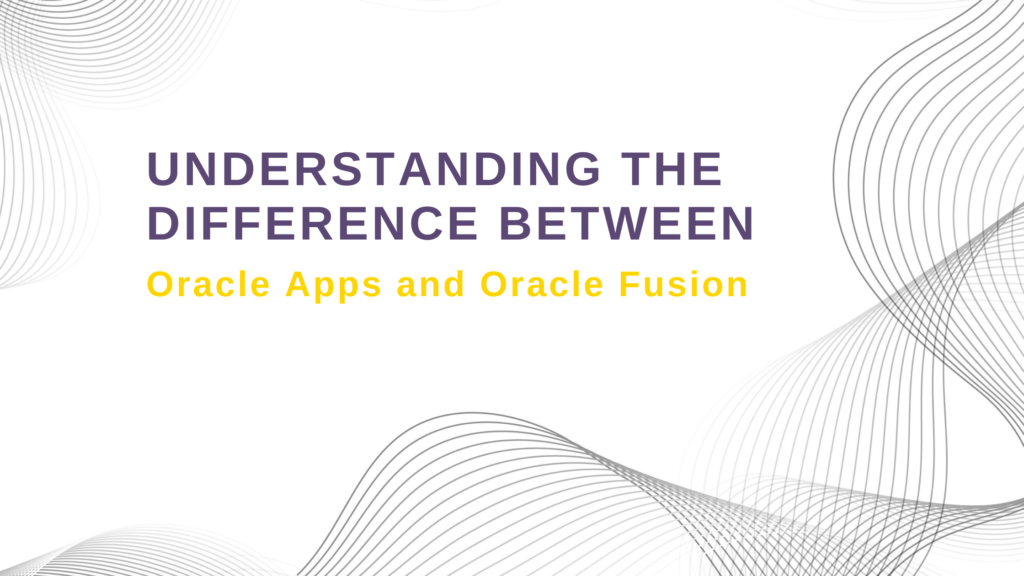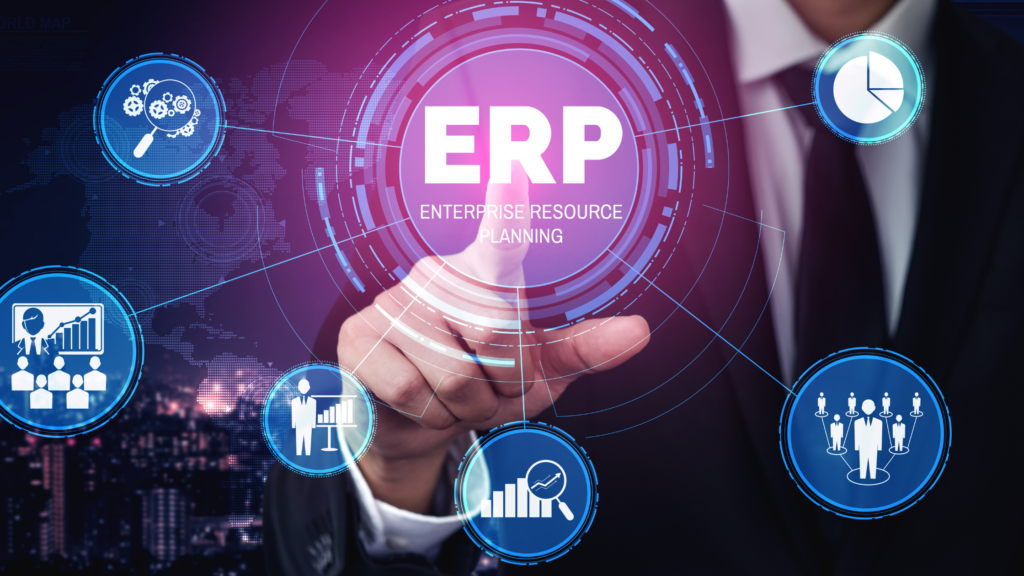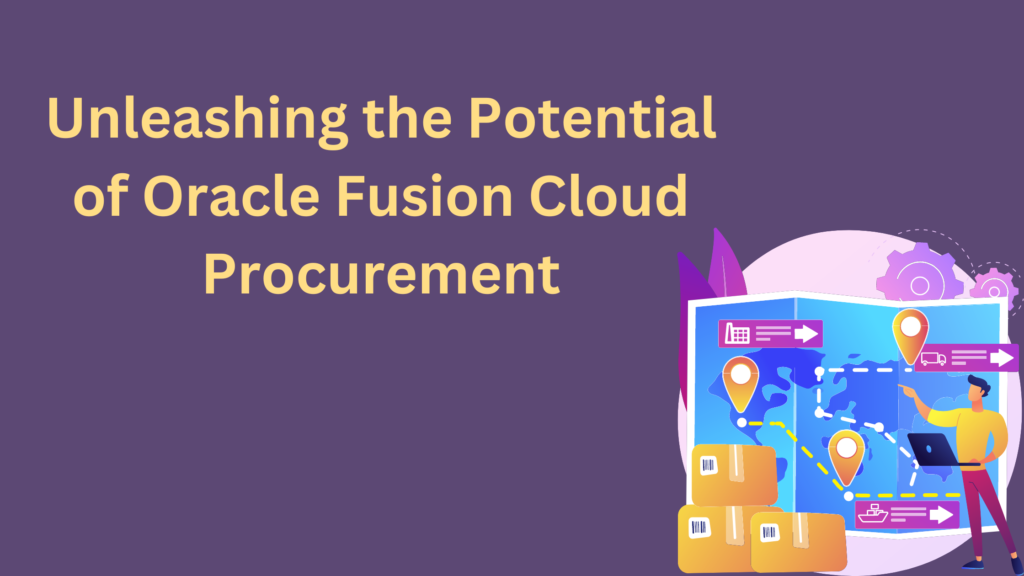Software testing plays a crucial role in the software development lifecycle as it ensures the quality and reliability of applications. Its purpose is to systematically evaluate a software system or component to identify defects, errors, or gaps that may impact its performance, functionality, or security. In this blog post, we will explore why hiring a software testing company is essential for your business.
Detecting and Preventing Bugs
Testing helps in early bug detection, allowing developers to address them before the application is deployed. By identifying and fixing bugs in the testing phase, organizations can prevent potential issues and reduce the occurrence of system failures or crashes in production.
Ensuring Functional Correctness
Software testing services verify that the software meets the specified requirements and functions as intended. Through different testing techniques such as unit testing, integration testing, and acceptance testing, organizations can ensure that their software performs the intended tasks accurately and reliably.
Enhancing User Experience
Testing allows organizations to assess the usability and user-friendliness of their software. Usability testing helps identify potential user interface issues, navigation problems, and user experience gaps, allowing for improvements that enhance user satisfaction and engagement.
Improving Performance and Scalability
Performance testing evaluates the responsiveness, speed, and scalability of software applications under various conditions. By conducting load testing, stress testing, and scalability testing, organizations can identify bottlenecks, optimize performance, and ensure that the software can handle expected user loads and growth.
Ensuring Security and Data Protection
Security testing is crucial in identifying vulnerabilities and potential risks within software systems. By conducting security testing, including vulnerability scanning and penetration testing, organizations can uncover security loopholes, strengthen security measures, and protect sensitive data from potential breaches or unauthorized access.
Different Types of Software Testing
There are various types of software testing or quality assurance services that serve specific purposes within the testing process. Here’s an overview of some commonly used types:
Unit Testing: Focuses on testing individual units or components of the software to verify their functionality.
Integration Testing: Evaluates the interaction and compatibility of different modules or components when combined.
System Testing: Tests the entire system as a whole to ensure it meets the specified requirements and functions correctly.
Acceptance Testing: Conducted to validate whether the software meets the business and user requirements, typically performed by end-users or stakeholders.
Performance Testing: Assesses the performance and responsiveness of the software under different load conditions.
Security Testing: Identifies vulnerabilities and weaknesses in the software’s security measures to protect against potential threats.
Usability Testing: Assesses the software’s ease of use, intuitiveness, and overall user experience.
Functional Testing
Functional testing is a crucial aspect of software testing that focuses on verifying the functional behavior and capabilities of a software application. Its purpose is to ensure that the software meets the specified requirements and performs the intended tasks correctly. Here are some key points about functional testing:
- Purpose: Functional testing validates the functional aspects of the software, including its features, user interactions, and data processing. It aims to identify any deviations from the expected behavior and ensure that the software functions as intended.
- Types of Functional Testing: It includes unit testing, integration testing, system testing, and acceptance testing.
- Test Scenarios and Cases: Functional testing involves designing test scenarios and cases based on the software’s functional requirements. These scenarios cover a range of inputs, actions, and expected outcomes to ensure thorough validation of the software’s functionality.
- Validation of Features: Functional testing verifies that all features and functionalities of the software work as expected. It involves testing user interfaces, input validations, data processing, calculations, and any specific functionality unique to the software.
- Bug Identification: Functional testing helps in identifying bugs, defects, or inconsistencies in the software’s behavior. By detecting and documenting these issues, testers can collaborate with developers to address them and ensure the software’s reliability and quality.
- Regression Testing: Functional testing is often accompanied by regression testing, which ensures that existing functionalities remain intact after changes or updates are made to the software. It helps prevent the introduction of new bugs or regressions during the development process.
Performance Testing
Performance testing evaluates the system’s performance under different load conditions. Its aim is to assess how the software performs in terms of responsiveness, stability, scalability, and resource utilization. By conducting performance testing, organizations can identify and address performance bottlenecks, optimize system performance, and ensure a smooth user experience even under high user loads or stressful conditions.
Security Testing
Security testing focuses on identifying vulnerabilities and weaknesses in a software system’s security measures. It involves techniques such as vulnerability scanning, penetration testing, and security auditing to uncover potential risks and assess the software’s resilience against security threats. Comprehensive security testing helps organizations mitigate security risks, protect sensitive data, and safeguard the software from potential breaches or unauthorized access.
Usability Testing
Usability testing evaluates the user-friendliness and overall user experience of a software application. It involves observing and collecting user feedback on the software’s interface, navigation, ease of use, and intuitiveness. Usability testing helps organizations understand how users interact with the software, identify any usability issues or pain points, and make improvements to enhance the overall user experience. By prioritizing usability, organizations can ensure that their software is intuitive, user-friendly, and meets the needs and expectations of its target users.
Compatibility Testing
Compatibility testing ensures that a software application functions correctly across different platforms, operating systems, browsers, and devices. It involves testing the software’s compatibility with various configurations and environments to identify any compatibility issues or conflicts. By conducting thorough compatibility testing, organizations can ensure that their software performs consistently and reliably across different platforms and provides a seamless experience to users, regardless of their preferred devices or software setups.
Regression Testing
Regression testing verifies existing functionalities after changes or updates have been made to the software. Its purpose is to ensure that modifications or bug fixes do not introduce new bugs or regressions into the software. By retesting previously tested functionalities, organizations can ensure that the software’s core features and functionalities continue to work as intended. Regression testing helps maintain software stability, prevent unexpected issues, and ensure that any modifications do not adversely impact existing functionalities.
Conclusion
Software testing, encompassing performance, security, usability, compatibility, and regression testing, is crucial for ensuring high-quality software. Adequate time, resources, and expertise devoted to testing throughout the development lifecycle are essential for reliable software in today’s digital landscape. By incorporating these testing practices and leveraging the expertise of software testing companies, organizations can mitigate risks, deliver robust software, and gain a competitive edge. Prioritizing comprehensive testing enables organizations to provide high-quality software that performs optimally, adheres to security standards, provides a seamless user experience, functions across different platforms, and maintains the integrity of existing functionalities.
